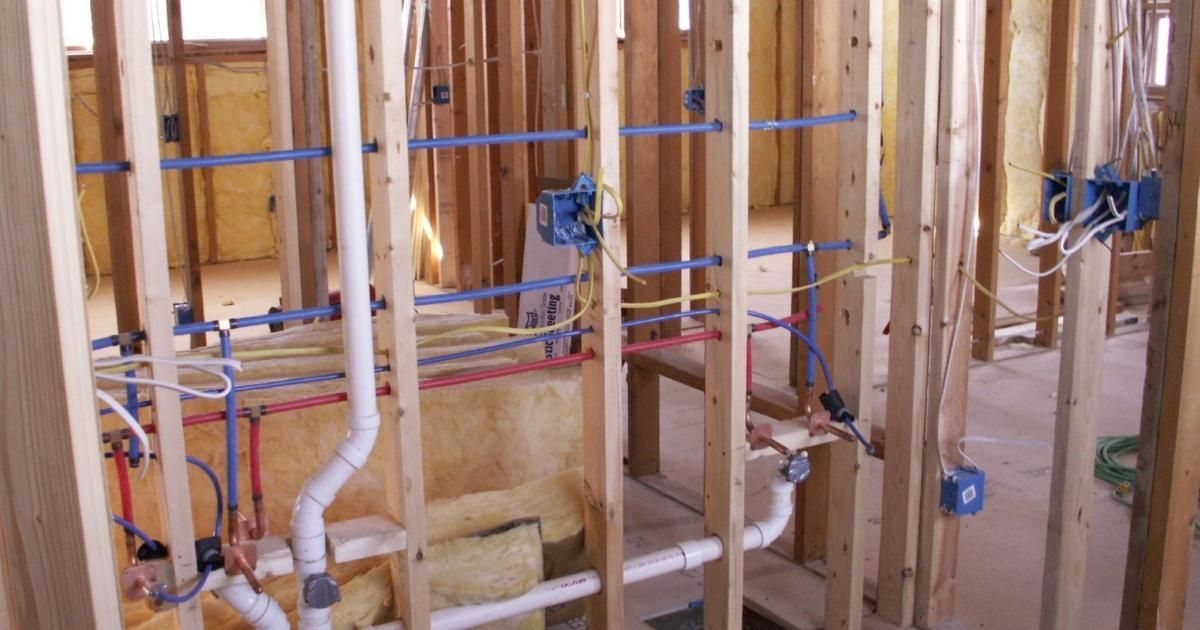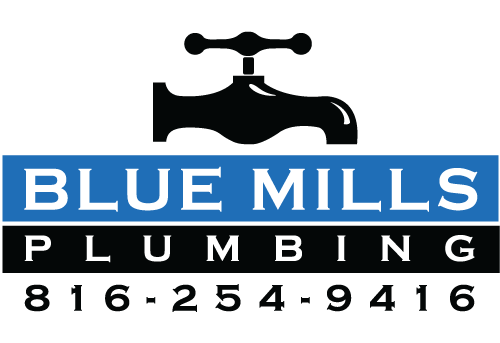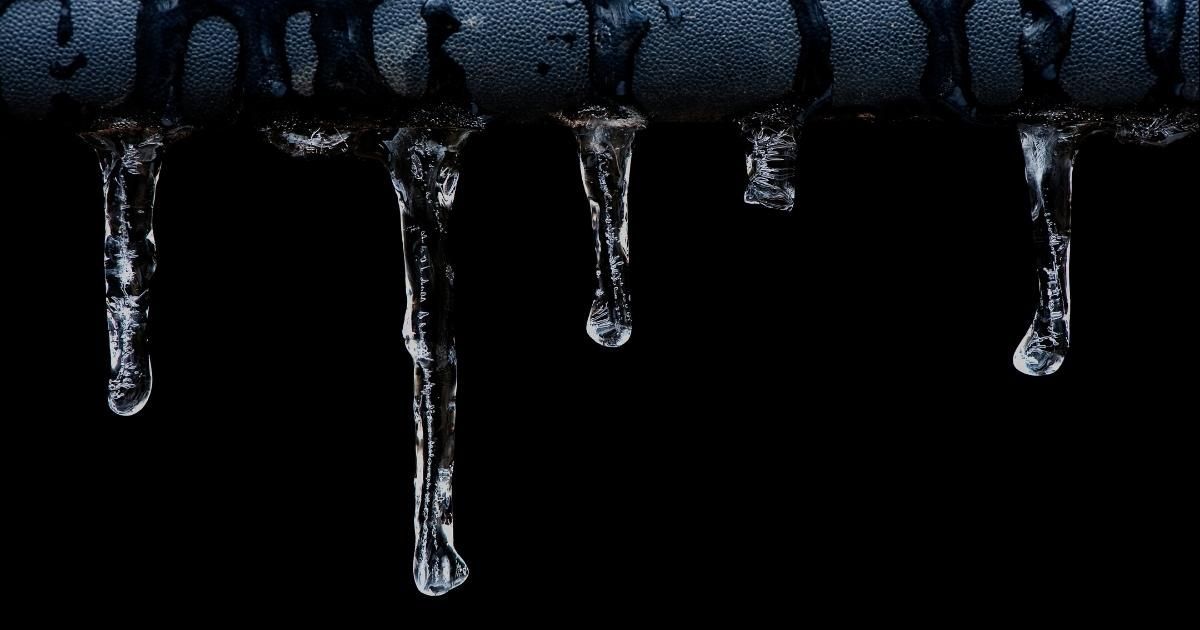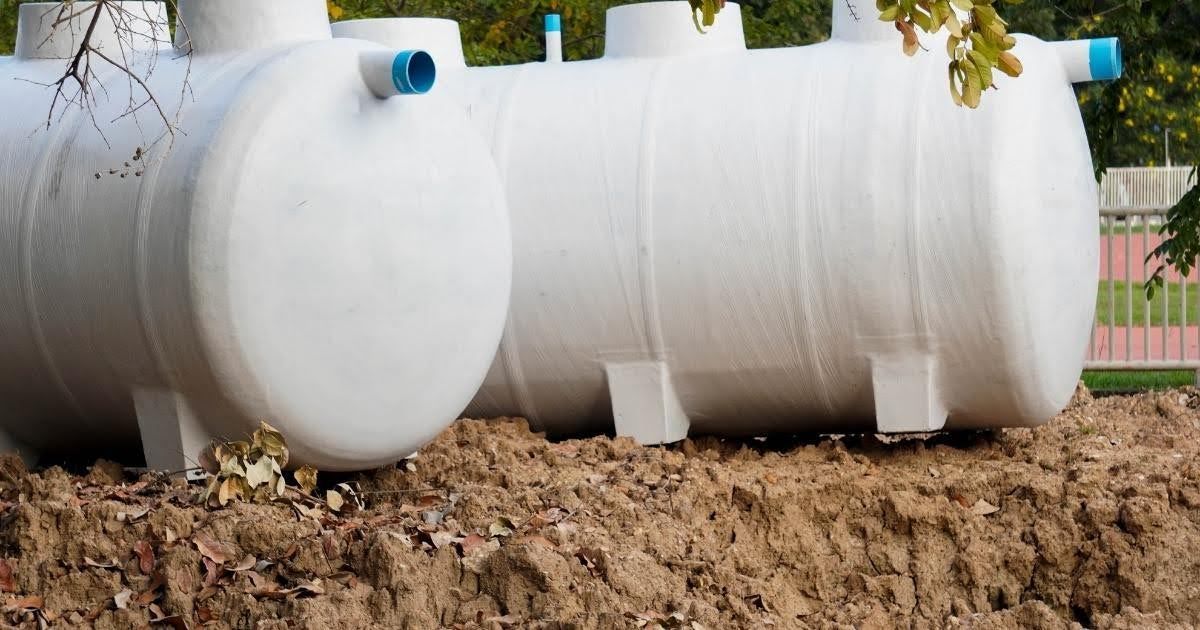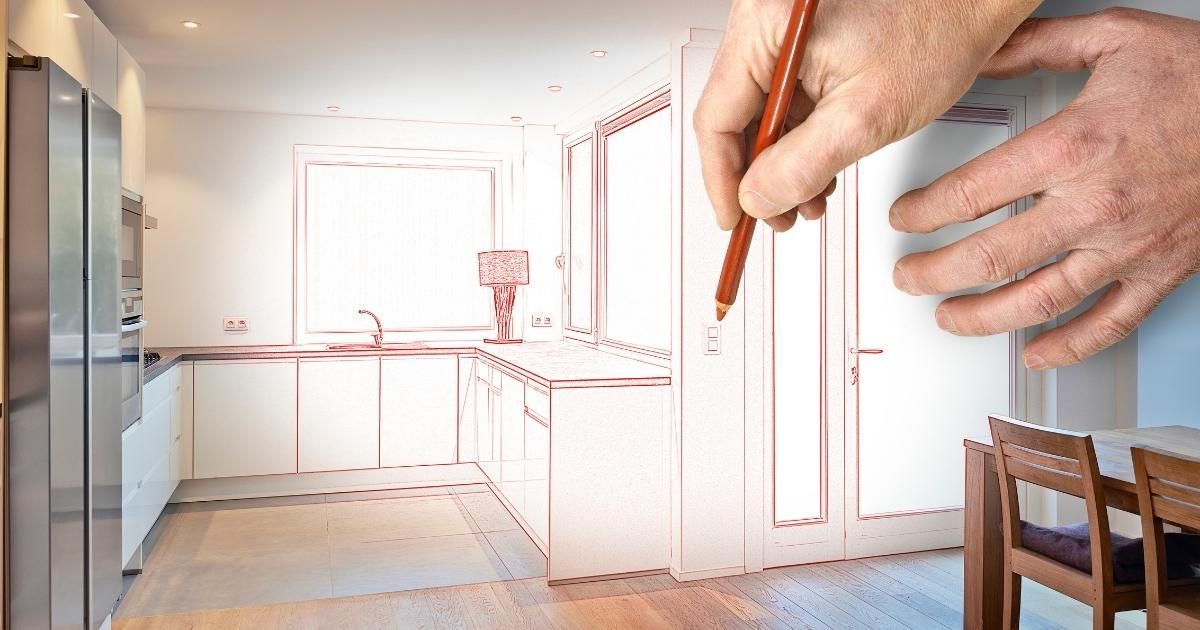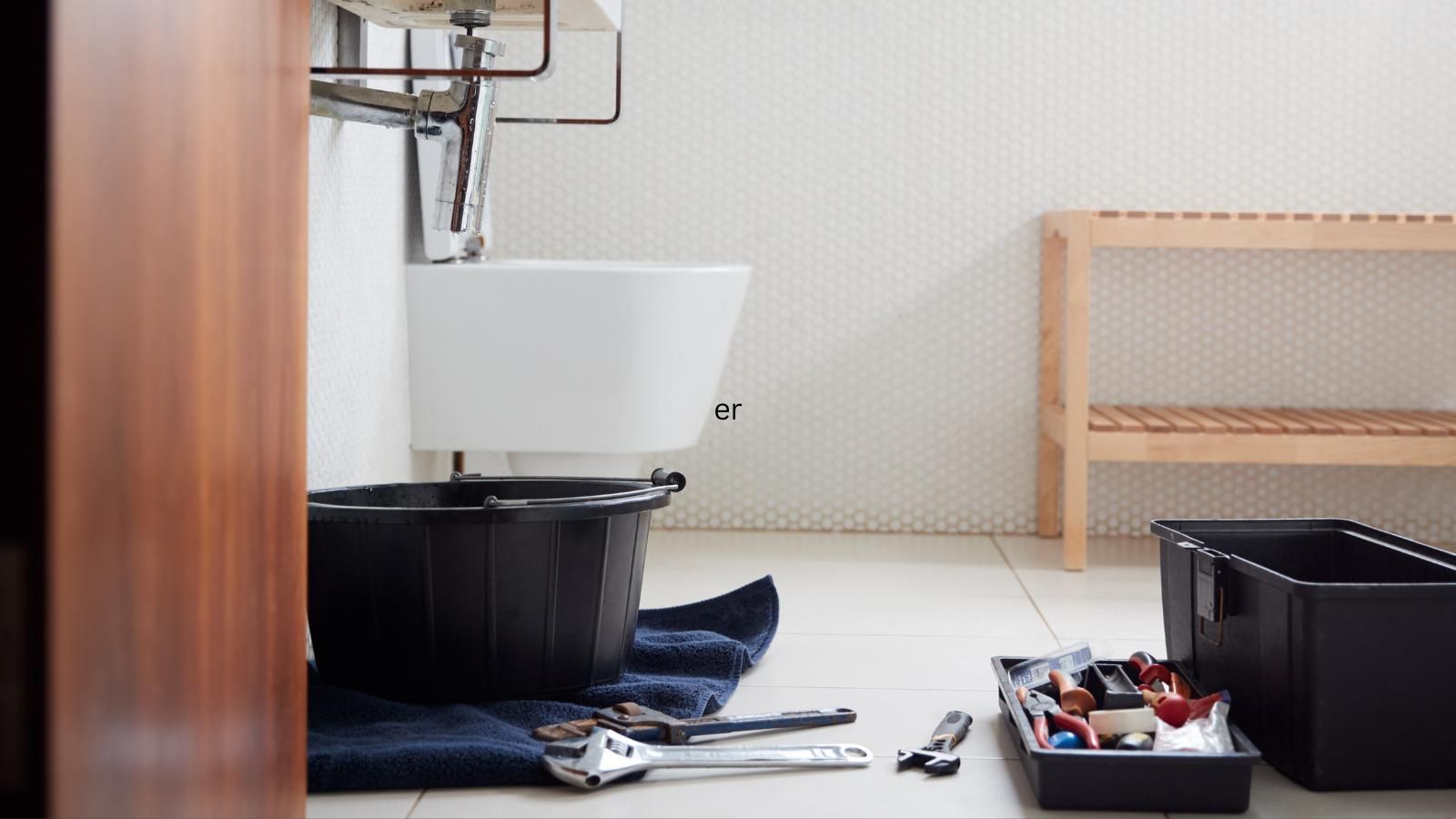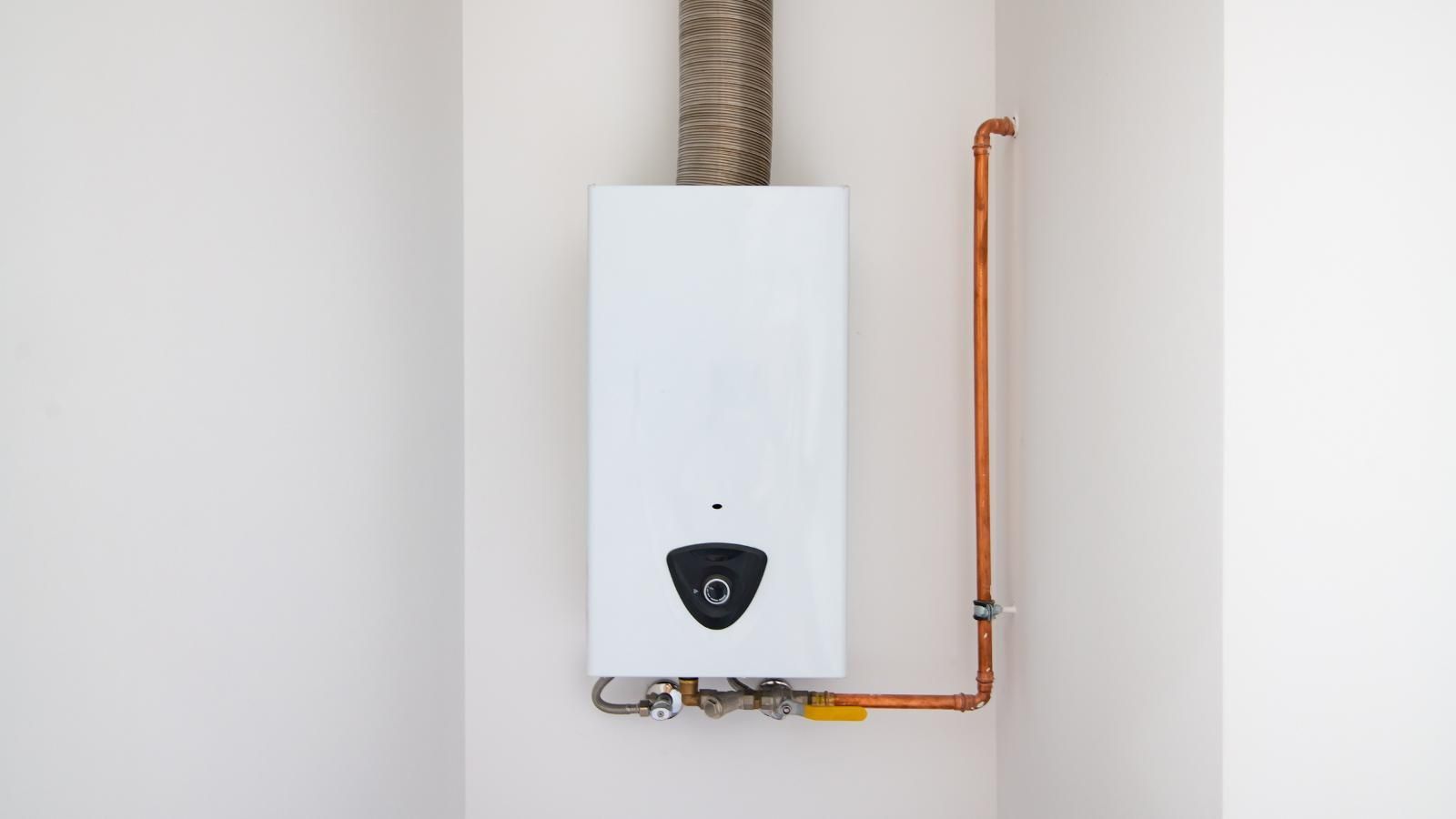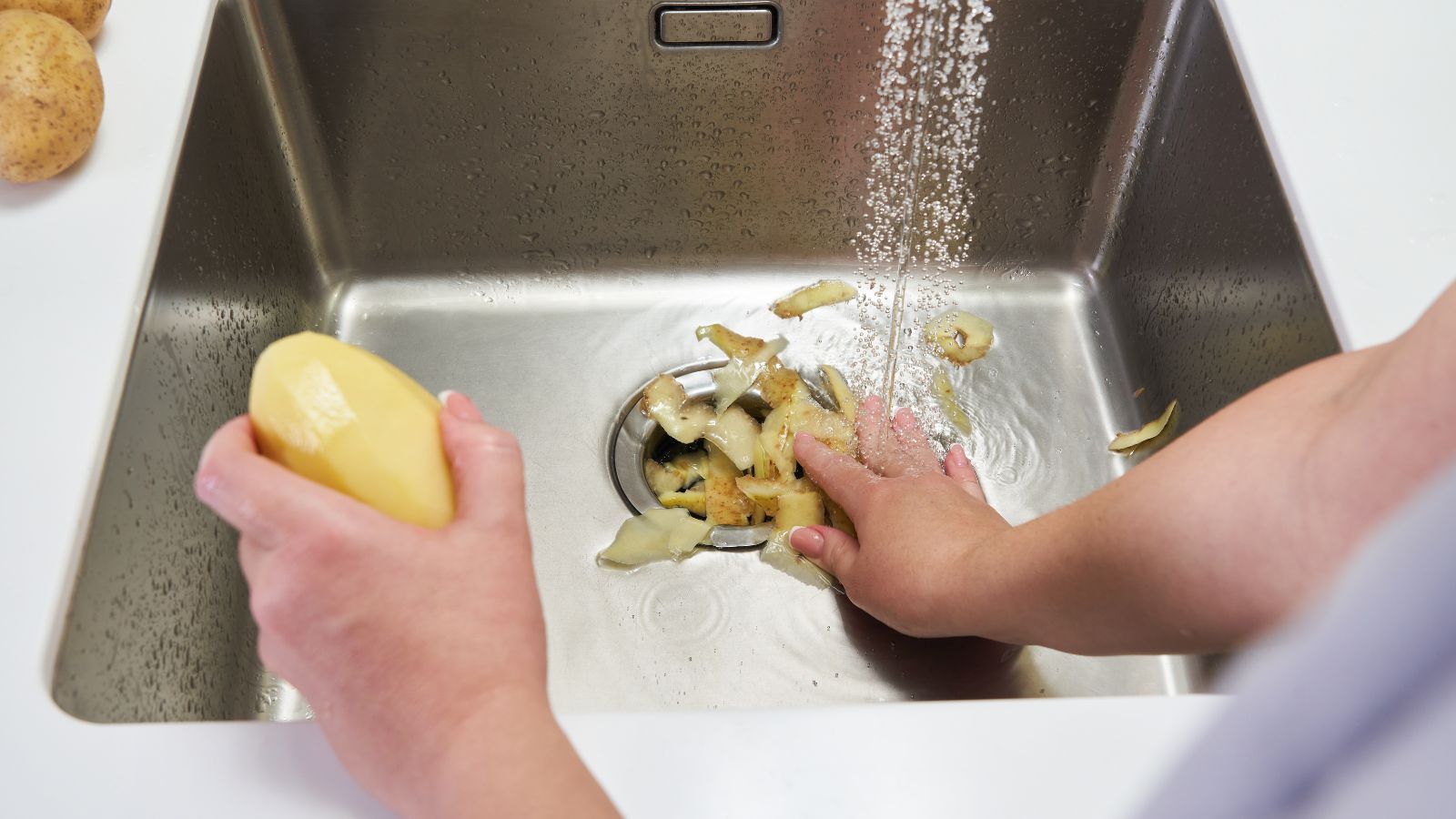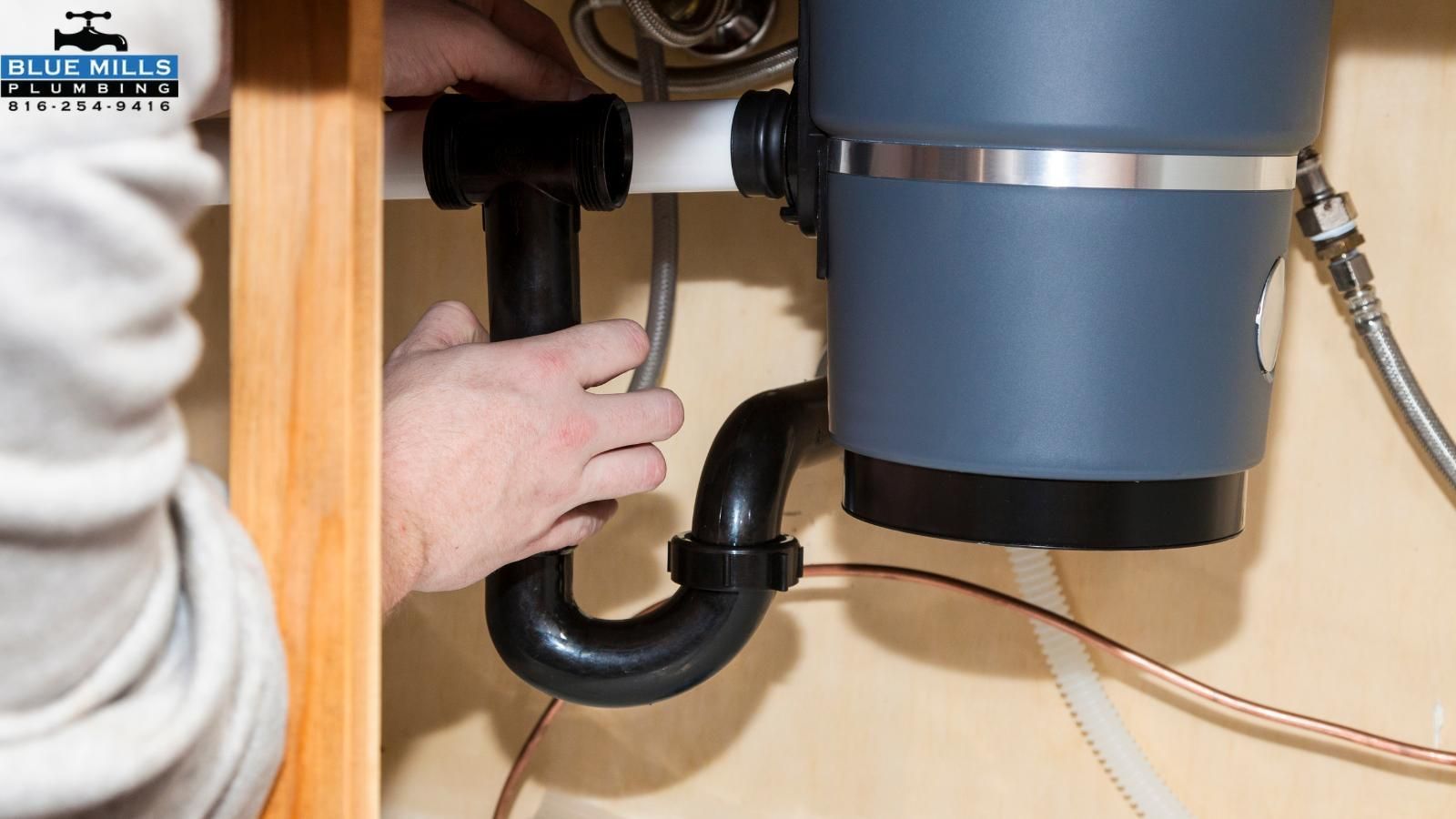Commercial and Residential Sewer Pipe Repair, Sewer LineCleaning & Replacing Sewer Line
Definition of a Sewage System: is a drainage system for carrying waste water.
Sewer Plumbing: Older Sewer Lines vs Newer Sewer Lines
In the early 1900’s sewer lines were constructed from fired clay pipes. Clay is highly resistant to chemical degradation but it can break and tree roots are drawn to its porous surface. During the 1930’s - 1950’s sewer plumbing construction shifted from clay to concrete pipes and then in the late 1950-1960’s these lines were being produced from cast iron, Orangeburg and transite materials. Cast-iron sewer lines are incredibly strong, have long-term durability and cast-iron is non-flammable. The cons of cast-iron are the iron is incredibly hard to cut and very heavy to carry and lift.
The Sewer plumbing industry also discovered Orangeburg, (also known as fiber conduit) which was made from layers of pitch and pulp pressed together. Orangeburg was lightweight and easy to cut with regular carpenter’s saws but it had a tendency to collapse so due to these sewer problems its popularity waned over the years.
During this time, Sewer plumbing industry also began using transite pipe, made out of asbestos-cement (AC) because it was lightweight, easy to construct had a low coefficient of friction and it was inexpensive to produce for sewer plumbing. But in 1973 the EPA determined that asbestos was a leading contributor to asbestosis and certain forms of cancer. Asbestos was phased out over the years and eventually manufacturers stopped producing AC (asbestos-cement) pipes in the United States. In the majority of the states, public agencies are not required to remove and replace transite pipes and studies have shown that the asbestosis in these pipes are not likely to become airborne under normal use and therefore do not pose a public threat. But these pipes are approaching their average 50 year life span so many are taking on the feat of replacing transite pipes by regulated technology of AC pipe bursting or pipe reaming.
Clay and cast-iron sewer lines are still installed today but by the 1970’s a far more popular sewer line was introduced to sewer plumbing industry which was produced out of plastic: PVC or ABS. Plastic benefits are that it is non-toxic, easy to cut and has smooth interiors for frictionless carrying capacity of waste matter and toilet paper. It is also installed with few joints and the tight fit makes them less likely to leak, therefore, making them resistant to tree roots. Although plastic pipes are strong and long-lasting despite their relatively low weight, they can be noisy due the vibration of the water cascading down the pipes. PVC‘s signature is white plastic and ABS is black plastic. They both have approximately the same longevity but ABS is easier to cut and has more flexibility and is joined with cement only. PVC is joined with a primer and cement. Not sure which material to use? Combining plastic PVC or ABS with cast iron is a winning combination! Use cast iron for large drain stacks and PVC for vent pipes. It is a solid sewer plumbing solution for most sewer problems.
If an older sewer pipe is still carrying waste water with no leakage there is no reason to replace it unless you feel safer replacing an AC cement line due to the asbestos materials or your current sewer lines are becoming sewer problems.
How do you know if you sewer lines are sewer problems?
Here are some warning signs that you may need sewer pipe repair, sewer line cleaning or replacing sewer line in your home or business.
Bubbling and Gurgling Water
Before you grab that drain cleaner you should know that drain cleaners contain astringent, corrosive chemicals that can further diminish the condition of your pipes by eating away at the clay, cast iron, plastic materials. To be safe, contact a sewer plumbing contractor to inspect your sewer lines safely, identify sewer problems and explain the various options to fix them including Sewer Pipe Repair , Sewer Line Cleaning & Replacing Sewer Line.
A few signals that the issue could be the main sewer line clogged in your home or business.
- If you hear bubbling noises when you flush your toilet
or use your sink
- If the water in your tub is not draining or slow
to drain
- If a puddle of water is sitting in close proximity
to your sewer line
- If the water level in your toilet is fluctuating
Sewer Gas Odor
If you smell a polluted sewer smell this can be a sign that there is a crack, a break or opening in your sewer lines. Left untreated these sewer problems could cause expensive foundation issues and the unsanitary repulsive smell could fill your home and make you and your family sick.
Backed Up Sewer
If you experience a backed up sewer every time you flush the toilet or run water down a drain, you may have a problem with your main sewer line. Every drain in your home or office relies on the main sewer line to drain accurately. If the backed up sewer is limited to one drain, then your problem is unique to that individual drain. Backed up sewer can also be caused by thick toilet paper, paper towels or hygiene products. Children can throw toys and other items down the toilet to clog it instantly.
Rodents & Insect Infestation
Rats, mice and insects are attracted to the scent of raw sewerage so if you suddenly have rats or mice showing up in your house or yard this could be a sign you have sewer problems. This could be an indication of a main sewer line clog or broken pipe that could require replacing the sewer line, sewer line repair or sewer line cleaning.
Mold Issues
A cracked sewer pipe behind a wall can cause humidity levels to rise and harmful mold growth could develop. Mold growth in your home needs to be cleaned up and the water issue fixed. If the appearance of mold appears along with smell of sewage, you should contact a sewer plumbing contractor immediately to have your sewer line and pipes inspected with a sewer inspection camera to diagnose your sewer problems.
Tree Roots
A common problem for many homeowners is tree roots invading and clogging your sewer line. Many older homes have sewer lines made out of fired clay instead of new plastic lines of PVC or ABS. The odds of sewer line clogs are high if you have clay pipes and have trees within 30 feet of your main sewer line. Clay pipes are most likely not waterproof so it attracts tree roots and once they invade and start to expand it is easy to break the brittle clay construction. A plumber will be able to use a sewer inspection camera to determine if tree roots are causing your clog.
Flooding
A damaged or broken sewer line can cause puddles of water to form in your basement. In severe cases it can cause your entire basement to be flooded in foul smelling sewage water.
Extra Green Grass or Dips in your Yard
If you see extra green grass in your yard it may be due to a sewer leak underground. Sewage gives the grass extra nutrients similar to a fertilizer that makes it greener and thicker. It may also cause dips in the soil from excess water. This can be a red flag to larger sewer problems.
Multiple Warning Sign Requires a Professional Plumber
If you are encountering several of the problems above you should immediately contact a sewer plumbing contractor before the sewer problems become a major disaster and expensive to fix. A plumber can check to see if your sewer lines need to be cleaned, repaired or replaced. Severe fluctuations in water temperature can cause plastic PVC and ABS pipes to break. Shifting foundations can cause brittle clay pipes to crack. Cast-iron pipes can become corroded. Sewer plumbing contractors understand how pipes work and can diagnose your problem and offer you options. They use sewer inspection camera to perform a thorough review of your underground sewer lines and pipes. They can note the condition of the pipes, clean out any debris, replace weakened areas and repair leaks before they become a major repair with a high price tag. If you need to replace old damaged sewer lines, highly skilled plumbing contractors may have the technology and equipment to perform pipe relining. Pipe relining replaces the old pipe with new ones. Finding sewer problems early saves you time, money and peace of mind.
Val Gross Blue Mills Plumbing has the equipment and technology to diagnose and locate broken pipes, cracked pipes or clogs in your walls, underground or under a solid object.
